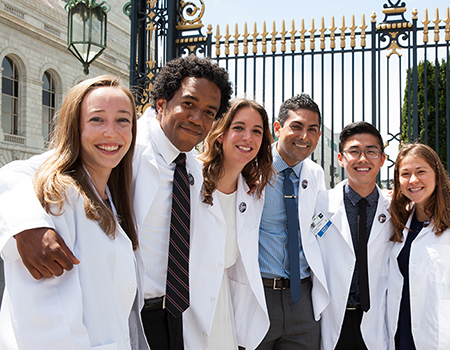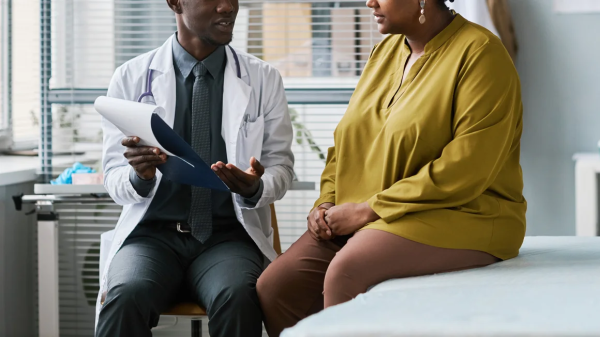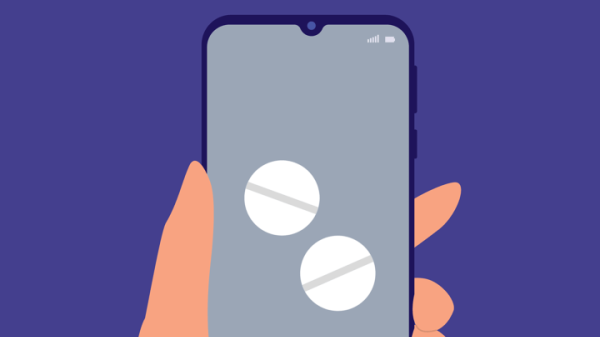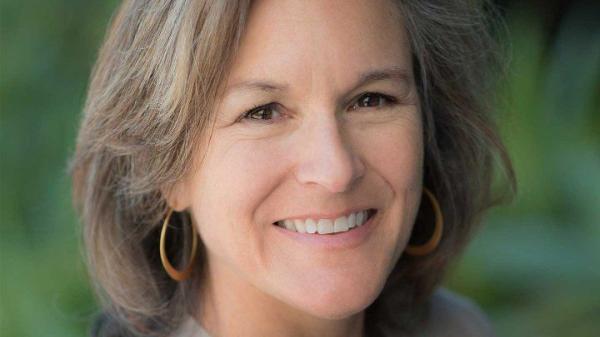Inquiry
Basic scientists have complained for years that medical school focuses almost exclusively on concepts in the biomedical sciences that are “tried and true,” noted Catherine Lucey, MD, vice dean for education. Students may be exposed to scientific discovery if they work in a research laboratory, but medical school in general does not cover ongoing research.
“We set out with this new curriculum to ensure that every medical student develops an understanding not only of the solid building blocks of biomedical science as they are known today, but also the cutting-edge science occurring today that will lead to advances in the way they care for patients tomorrow,” said Lucey.
The Bridges curriculum provides dedicated time for all of students to engage in a scholarly project during medical school. In their first year, as part of the Inquiry element, medical students will spend two weeks addressing a chosen topic related to the most pressing challenges in biomedicine and health care.
During their last two years, they will work with a faculty mentor to complete a scholarly project in one of six domains of science – not just the biomedical and clinical science, but also social and behavioral, population and data, systems and education science.
Inquiry combines an appreciation that no one can know everything with the development of in-depth knowledge of a single topic. “Medical education is like peeling an onion: as you continue to pull off layers, more questions and more unknowns are revealed,” said Gordon “Buck” Strewler, MD, who directs the Inquiry program. “One element of our new curriculum is to ask students also to take a ‘deep dive’ to plunge into the middle of the onion.”
In several pilots of Inquiry elements, Bridges planners have included problem-based learning cases that are “remarkably open-ended,” said Strewler. On the one hand, he said, students were very enthusiastic about their freedom to explore solutions, but on the other hand, some students were bothered because there was no answer at the end of the road. “Of course our world is one in which there is rarely a single right answer, and that is indeed the lesson,” he said. “We hope students become accustomed to this kind of uncertainty and ambiguity, which is so reflective of what we experience when we are caring for patients. What’s required is to accept ambiguity and deal with it by critical appraisal and application of the data.”
Four Habits Of Mind
The four habits of mind provided a structured framework to guide students in their understanding of medicine today and tomorrow. In addition to Inquiry, the other three are Continuous Improvement (measuring the effect of interventions and engaging in systematic process to improve patient health outcomes), Adaptive Leadership (recognizing when to lead a team and when to play a supporting role), and Social Justice (addressing the social determinants leading to disparities in health).
“We decided that rather than trying to identify millions of facts that the students had to memorize, we wanted them to embrace what we consider to be four habits of mind that lead to competence in their career as physicians,” said Lucey.
The Social Justice concept was inspired by UCSF medical students who co-founded “White Coats for Black Lives” in protest of racism affecting health care. “That action really opened our eyes and opened our hearts to responding to injustice as a part of our mission in medical education,” said Denise Davis, MD, a professor in the Department of Medicine.
Davis piloted an intensive two-day orientation for incoming first-year medical students last year, to introduce students to UCSF’s evolving culture of equity and help them become competent, compassionate physicians through their training.
“I heard students say that the pilot orientation made them sure that they had made the right choice in choosing UCSF. It gave me chills,” she said.
This year, the orientation has been expanded to three days, with an added day of community engagement. It is called Differences Matter to connect it to the broader School of Medicine initiative of the same name.
Clinical Microsystems Clerkships
Expansion and integration of state-of-the-art clinical skills throughout medical school is a core concept of Bridges. That means that first-year students will begin to learn as longitudinal members of clinical teams alongside foundational training in topics such as anatomy, physiology and biochemistry.
The Bridges visionaries developed the idea of Clinical Microsystems Clerkships (CMC) to invite students into clinical settings to apply a new set of skills that would allow them to contribute to a team immediately.
“It is about becoming inspired to see all the important aspects of health, and being able to work with others to optimize that for our patients,” said Anna Chang, MD, who directs the CMC. Students will learn to listen to patients as people first, and explore their human experience of illness within our existing health care systems, said Chang, before they start asking a lot of questions about symptoms or diseases, as a physician would do. “This way, our students could be the first to know when and how care can be improved, and they would have a role as a valuable member of a healthcare team,” she said.
The school’s healthcare partners at UCSF Health, Zuckerberg San Francisco General and the San Francisco Veterans Affairs Medical Center engage students in their clinical teams to help improve the patient care experience through quality and systems improvement efforts. This is a profound shift of the role of the student from a passive observer, often viewed as a burden to the clinical environment, to one of active participant in improving the delivery of health care. Associate Dean Karen Hauer, MD, hopes that all of UCSF’s clinical settings will conclude “we want first-year medical students, because we hear they make clinical care better.”
CMC puts the concept of interprofessional teamwork into action. Students will learn not just from physicians but from a whole team of expert clinicians, including nurses, pharmacists, physical therapists, social workers and others.
“The reality is while we may learn in silos, when we get out into the workplace we have to work with each other,” said Stephanie Rennke, MD, who co-directs the CMC sites at UCSF Parnassus, Mt. Zion and Mission Bay. “Working in teams is essential to the care and well-being of our patients, so engaging and teaching skills around communication and teamwork with other healthcare professionals in the workplace should begin early in medical education.”
Over the past few years, students have helped test out the logistics of the CMC. Second-year student Jacob Gindi, who worked in the medication reconciliation pilot experience under Rennke, said the best part was getting to work with pharmacy students. “I hope this will remind me in the future that things can be changed, and a wide variety of people from different backgrounds and education levels can help to change it,” he said. “We actually matter in the system and can make a difference, as opposed to just shadowing a practicing physician.”
Coaches
A student’s faculty coach in CMC will provide teaching, guidance and feedback during the first 16 months on health systems and patient care clinical skills. Those same mentors will remain connected with students throughout their entire time in medical school in the role of Bridges Student Coaches to support personal and professional development.
“It’s really exciting that students will be in their coaches’ clinical setting, working on quality improvement,” said Associate Dean for Competency Assessment and Professional Standards Karen Hauer, MD, who leads the coaching program. The 27 coaches will undergo specialized training sessions and foster a community of clinician educators excited about teaching and mentoring.
“By training coaches, we help a select but very diverse group of faculty understand how medicine is changing and how health professions education has to change as a result, and through them have the opportunity to influence a much broader selection of faculty” said Sandrijn van Schaik, MD, PhD, who directs faculty development for Bridges.
Clinical clerkships and science coursework have traditionally involved a degree of discontinuity for students and their teachers, as they typically work intensively for one or two months, then move to the next. What coaches will support is the development of longitudinal professional learning relationships that build trust and allow for continuous, individualized feedback.
“We really want the students to feel like someone knows them and is supporting them through their entire time in medical school,” said Hauer. “I would hope every student at graduation would say, ‘I felt known, and I felt that someone was looking out for me, and helped me be the best I could be all the way through medical school.’ ”
Fix the System
Anna Chang hopes to see our School of Medicine graduate hundreds of new physicians who lead health systems change, one important outcome at a time, by working respectfully with everyone on the healthcare team, who optimize health for individual patients as well as a group of patients, and who will never stop asking what we can do to make our patients’ lives better.
“This is the only way we are going to improve our healthcare system, which is struggling to meet our promise to society and in need of skillful leadership,” said Chang. “The more we teach medical students about our healthcare system and the colleagues they are working with, the more effective they will be at leading this much-needed change.”
This article was originally written by Mitzi Baker and published by the UCSF School of Medicine.





